Your cart is currently empty!
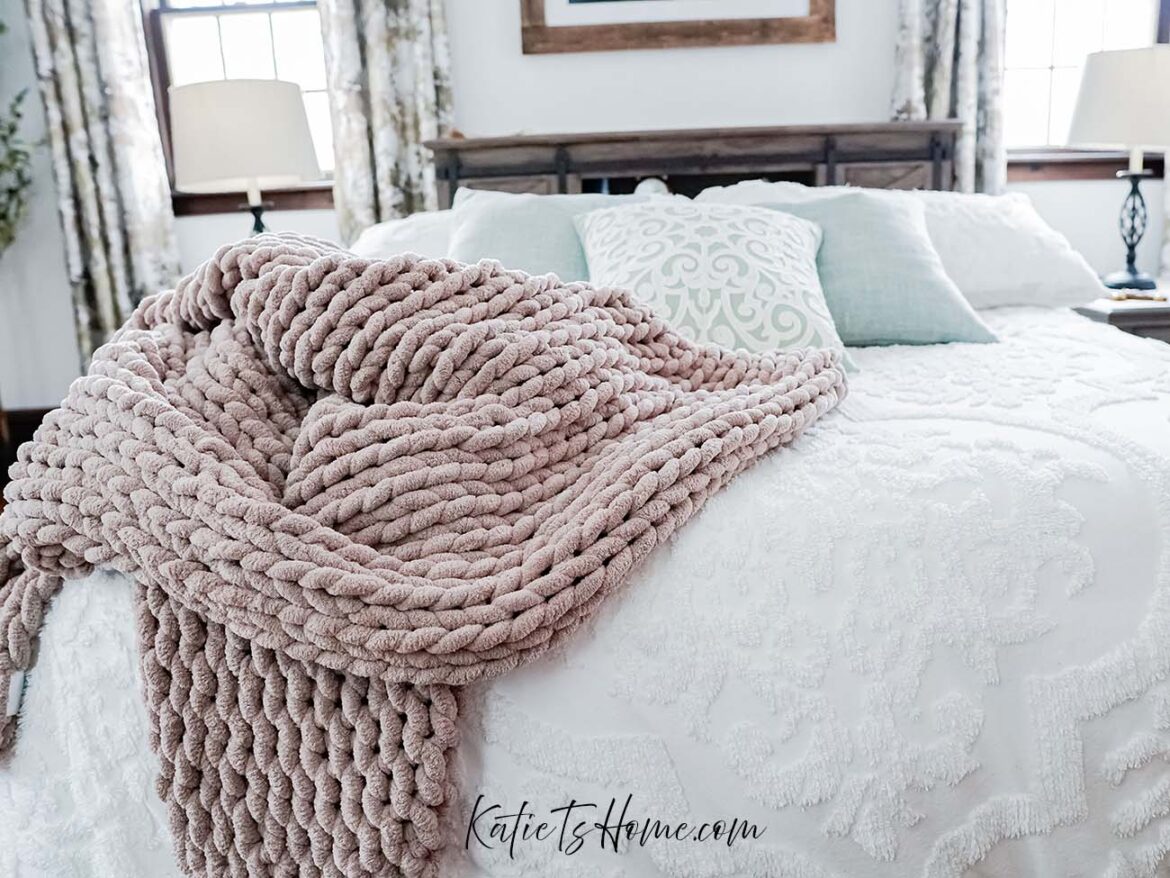
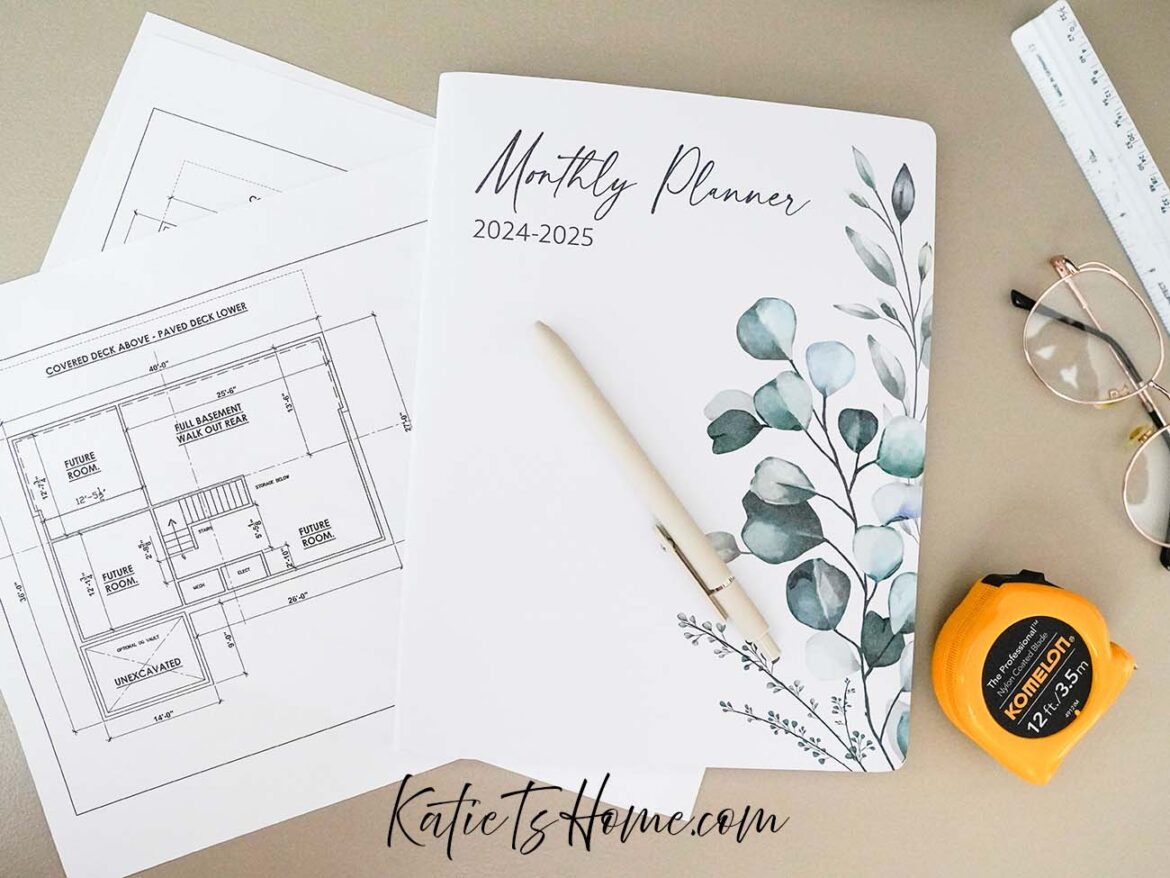
Building a house but don’t know where to start? You’re in luck! Start your custom home design on the right foot with these 7 crucial planning tips! After all, your home is a reflection of your unique style and personality. And this guide will help you start your custom home build on the right path.
So, let’s dive in and equip you with the tools to create a home that meets your every need while exceeding your expectations!
This post may contain affiliate links, which means I’ll receive a small commission if you purchase through my links, at no extra cost to you. Please read the full disclosure for more information.
Before I jump into this guide on the 7 crucial planning tips you need to know before starting the design process for your custom home build, I want to mention a fun fact about myself! This is a new section I’m including on my blog posts so my readers can get to know me on a personal level!
So, for my seventh fun fact, I want to share that I am also building my own home!
Even if you’re not “ready” to build a home just yet, it’s never too early to start the process, and believe me with what I’m finding in my current situation, it’s easier to start the design process and get everything figured out sooner than later!
Determining your budget and prioritizing your needs is a crucial first step in building and designing your dream custom home. Before you dive into the exciting world of floor plans and architectural designs, it’s essential to have a clear understanding of your financial constraints and what elements of your home are non-negotiable.
Start by assessing your financial resources and establishing a realistic budget for your custom home project. Consider factors such as your income, savings, and any additional funds you may have available.

It’s important to be honest with yourself about what you can comfortably afford. Remember, building a custom home involves not only construction costs but also expenses such as permits, landscaping, and furnishings.
The good news is there are ways to save money during the building process. Whether you DIY some of the building projects yourself, or save money on the materials and projects by finding an alternative resource, you have options.
Think about the specific features and functionalities that are important to you. Do you dream of a spacious kitchen with top-of-the-line appliances?
Or perhaps a home office that can double as a guest bedroom? Identifying what matters most to you will help you make informed decisions throughout the design and construction process.
Consider the size of your family and your lifestyle when determining your needs. Are you planning to expand your family in the future? Do you have any specific hobbies or interests that require dedicated space? By taking these factors into account, you can ensure that your custom home not only meets your current needs but also provides flexibility for future growth.
Remember, while it’s natural to want every feature and luxury in your dream home, it’s essential to strike a balance between what you desire and what you can afford. Prioritizing your needs will help you make informed choices and allocate your budget wisely.
Or perhaps features that are a priority may result in a less-than-optimal situation. For example, a priority of my husband and mine is to have our bedroom downstairs. One of the downsides to having our house structured the way it is, is the window right off of our porch is looking into our bedroom.
This is less than optimal, but perhaps we can get film lining for the windows to allow for more privacy.
When designing and building your dream custom home, it’s crucial to think beyond the present and consider the possibilities of future growth and changing needs.
While your current lifestyle and preferences are important considerations, it’s equally important to plan for potential changes down the road. By incorporating flexibility into your home design, you can ensure that your investment remains valuable and adaptable in the years to come.
One aspect to consider is the layout of your home. As your family grows or your needs evolve, you may require additional space for bedrooms, home offices, or hobbies.
Consider spaces that can easily be converted or repurposed as your lifestyle changes, such as a basement that can be finished later or an extra room that can serve multiple functions.
Furthermore, it’s essential to think about the overall flow and functionality of your home. Take into account the potential of aging or accommodating multigenerational living arrangements.
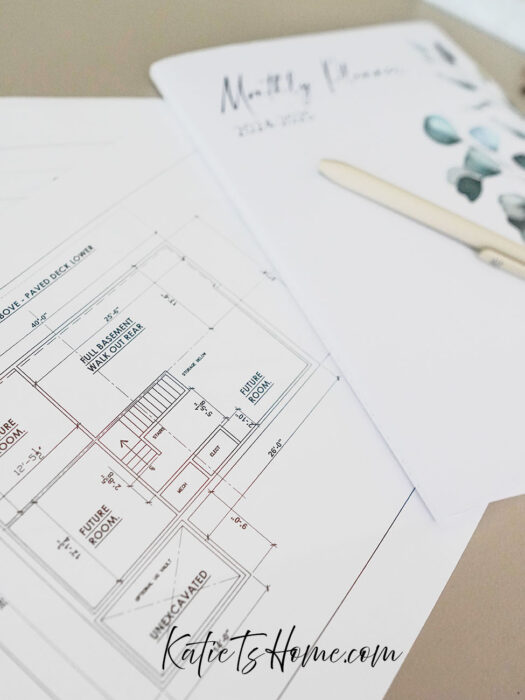
Design elements such as wider doorways, accessible bathrooms, and adaptable living spaces can make your home more inclusive and versatile for different stages of life. With that said, this is one of the reasons why we want our bedroom on the first floor. To accommodate us when we are older so we don’t have to climb stairs.
Researching design inspiration allows you to explore different architectural styles, interior design trends, and innovative features that make your home unique.
Whether you prefer a modern, minimalist aesthetic or a traditional, cozy atmosphere, researching various design concepts will help you identify your preferences and define your vision.
Start by browsing social media platforms like Pinterest and Instagram, or take note of the homes of your family and friends.
Platforms like Pinterest offer a wealth of inspiration, showcasing stunning homes and interiors. Save images or create boards of designs, colors, materials, and layouts that catch your eye. This will help you gather a visual collection of elements you love and provide a reference point for your architect or designer.
Don’t limit your research to just images and visuals. Dive deeper into articles and blog posts that discuss different architectural styles, energy-efficient features, and innovative design solutions.
For example, my brother, who works in the trades industry, said that one of the homes he was working on had an issue with one of the kitchen appliances.
Ultimately it was a breakdown in communication, and the issue at hand was the space in the kitchen didn’t account for the dimensions of this particular kitchen appliance. If my memory is correct, I think it was the refrigerator.
The homeowner had to adjust, but had the dimensions of this particular appliance been thought of and discussed ahead of time, it wouldn’t have been an issue.
I am fortunate to have a plethora of family in the trades. Whether it’s construction, electrical, plumbing, etc., having these connections has helped and continues to help during the designing stages.
Because don’t forget, they see a lot of homes or helped build them. So, if you have any close family or friends in a specific field that applies to building a home, definitely utilize that resource.
Now, remember, just because they may have their preferences doesn’t mean that same preference applies to you. We all have different lifestyles/needs and wants, so don’t feel obligated to act on every suggestion but rather listen and digest their advice.
The 5th tip out of the 7 crucial planning tips to consider when designing your home is optimizing the functionality and flow. When optimizing your home’s functionality and flow, there are a few key considerations to keep in mind.
First and foremost, think about how you and your family will move through the space daily.
A well-designed home should have a logical flow that makes it easy to navigate from room to room without any unnecessary detours or obstacles.
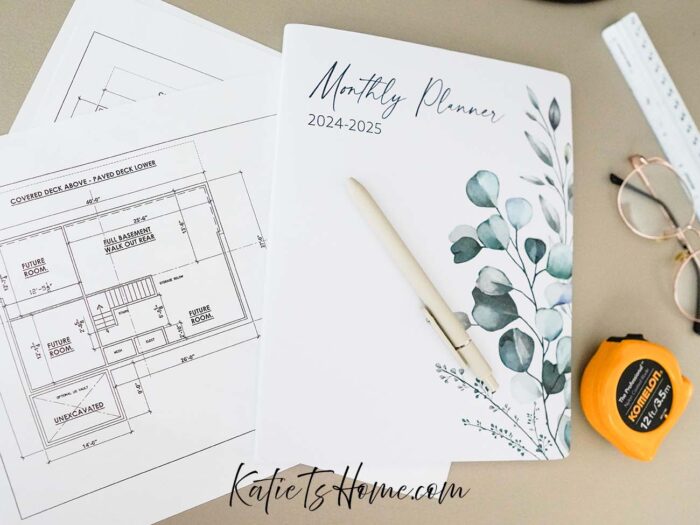
Pay close attention to the placement of doors, windows, and hallways to create a smooth transition between areas. This can help improve the overall circulation and ensure there are no bottlenecks or cramped areas that disrupt the flow of movement.
Additionally, consider incorporating open floor plans or flexible spaces that adapt to your changing needs over time.
Strategically placed windows and skylights can flood your living spaces with natural light, reducing the need for artificial lighting during the day and creating a bright and welcoming atmosphere.
Similarly, proper ventilation is essential to maintain a healthy and comfortable indoor environment. Ensure that your home has adequate airflow and consider features such as ceiling fans or ventilation systems to keep the air fresh and circulating.
For example, a home office should be situated in a quiet area away from distractions, while a kitchen should have easy access to the dining and living areas for seamless entertaining.
When designing your dream custom home, it’s crucial to keep sustainability and energy efficiency in mind. Building an eco-friendly home not only benefits the environment but also offers long-term savings on energy costs.
By incorporating energy-efficient features and sustainable materials into your home’s design, you can create a space that is both comfortable and environmentally responsible.
One way to enhance energy efficiency is by investing in high-quality insulation. Proper insulation can help regulate the temperature inside your home, reducing the need for excessive heating or cooling. This not only helps conserve energy but also ensures that your home remains comfortable year-round.
For example, using reclaimed wood for flooring or countertops adds a unique touch to your home while reducing the demand for new timber. Even flipping furniture to keep the budget down can be a great way of reducing costs.
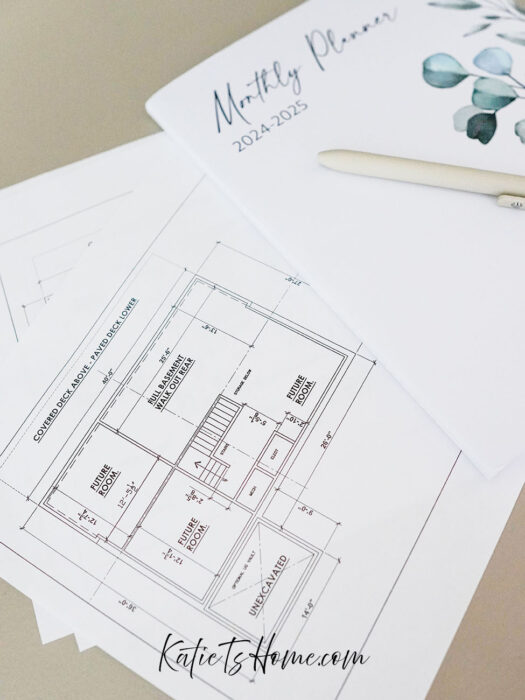
Furthermore, make sure your custom home design includes efficient lighting fixtures and appliances. LED bulbs, for instance, consume less energy and have a longer lifespan compared to traditional incandescent bulbs. In addition, energy star-rated appliances use less energy while performing at optimal levels, saving you money in the long run.
It’s easy to get caught up in the big picture when designing your custom home. The overall layout, the architectural style, and the features that will make your home truly unique. However, the last tip out of the 7 crucial planning tips is to not overlook the importance of the details and finishes that will bring your vision to life.
Details can make or break the overall aesthetic and functionality of your custom home. Whether it’s the hardware on your cabinetry, the trim around your windows, or the type of flooring you choose, each decision contributes to the overall look and feel of your home.
In addition to aesthetics, don’t forget to consider the practical aspects of the details and finishes. For example, choosing durable materials for high-traffic areas such as the kitchen or entryway can ensure that your custom home retains its beauty and functionality for years to come.
Similarly, selecting finishes that are easy to clean and maintain can save you time and effort in the long run.
Furthermore, paying attention to the details and finishes of your custom home design can also have a significant impact on its value. Potential buyers are often drawn to homes with high-quality finishes and attention to detail. So, by investing in these elements now, you can potentially increase the resale value of your custom home in the future.
Building and designing your dream custom home can be an exciting yet overwhelming endeavor. However, by following these 7 crucial planning tips, you’ll be well-equipped to start this journey with confidence. Remember, take your time, and don’t rush (if you can help it). The design of your home will make or break the satisfaction with the outcome. Be patient and don’t rush the process and you won’t regret it!
Leave a Reply